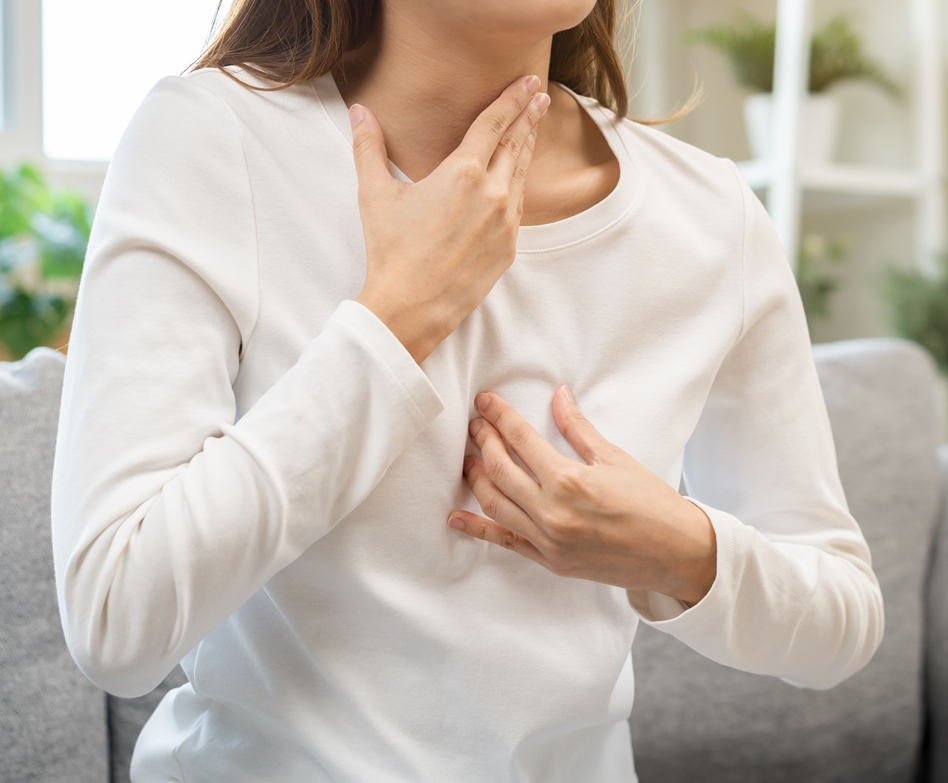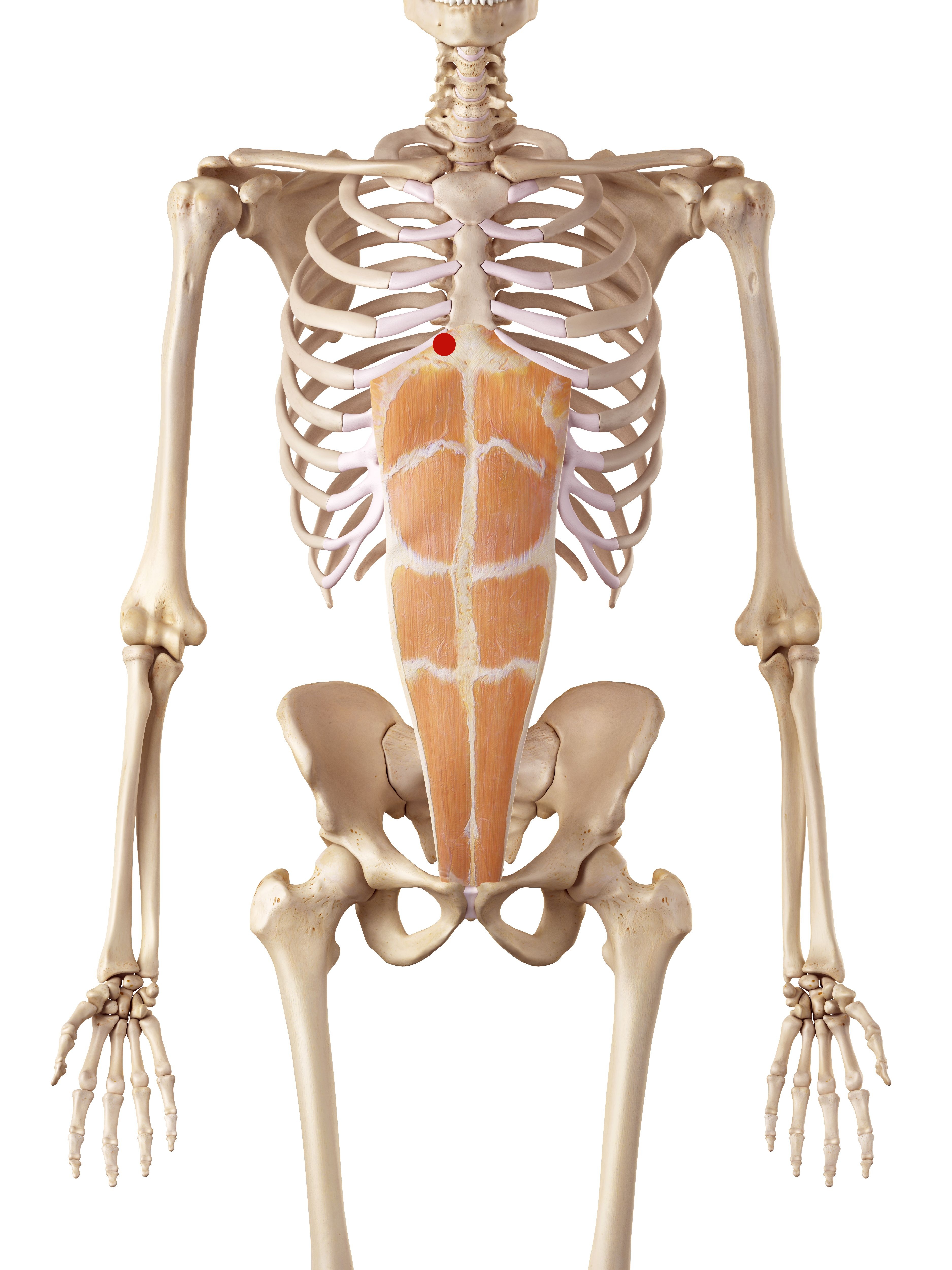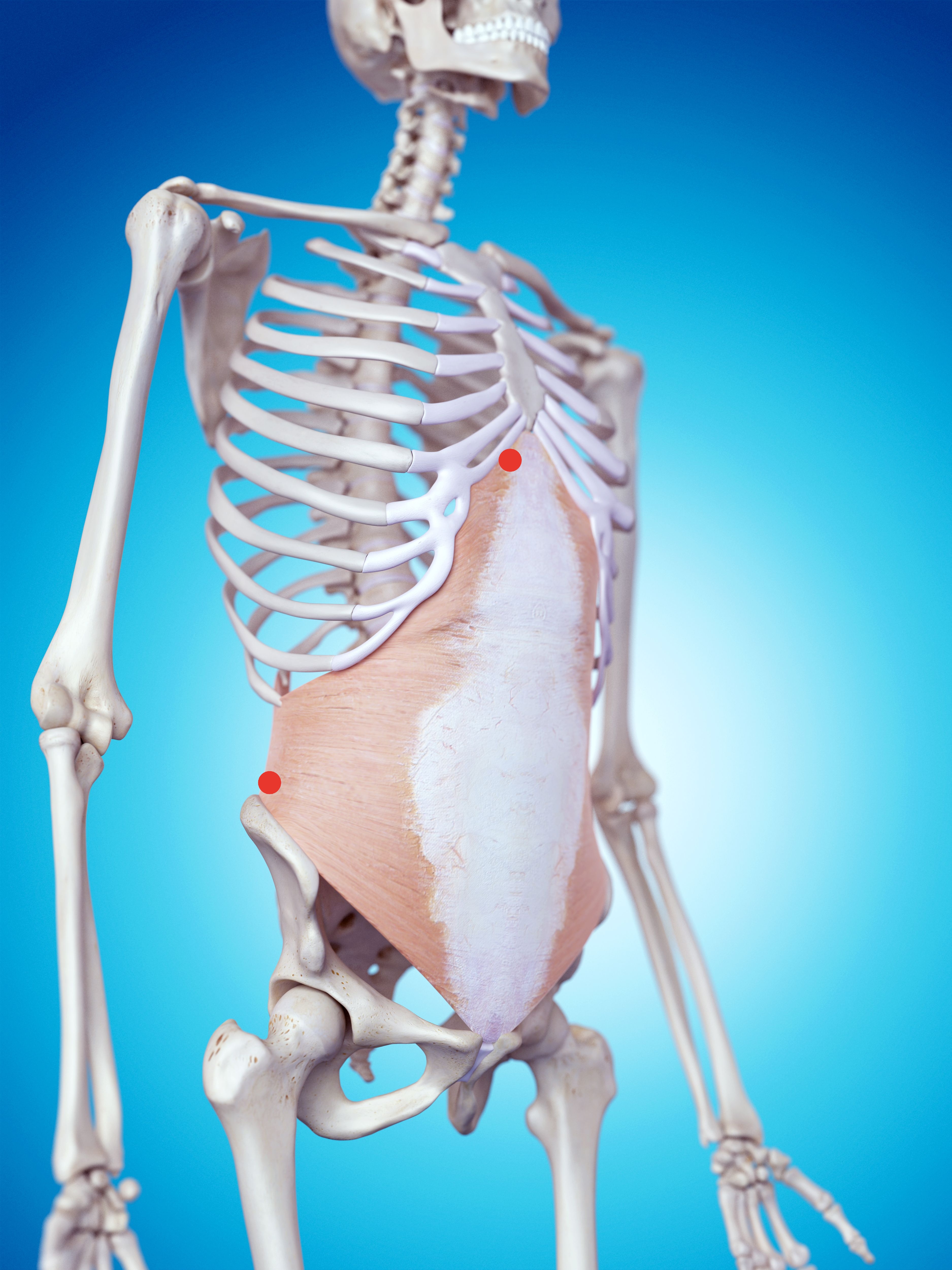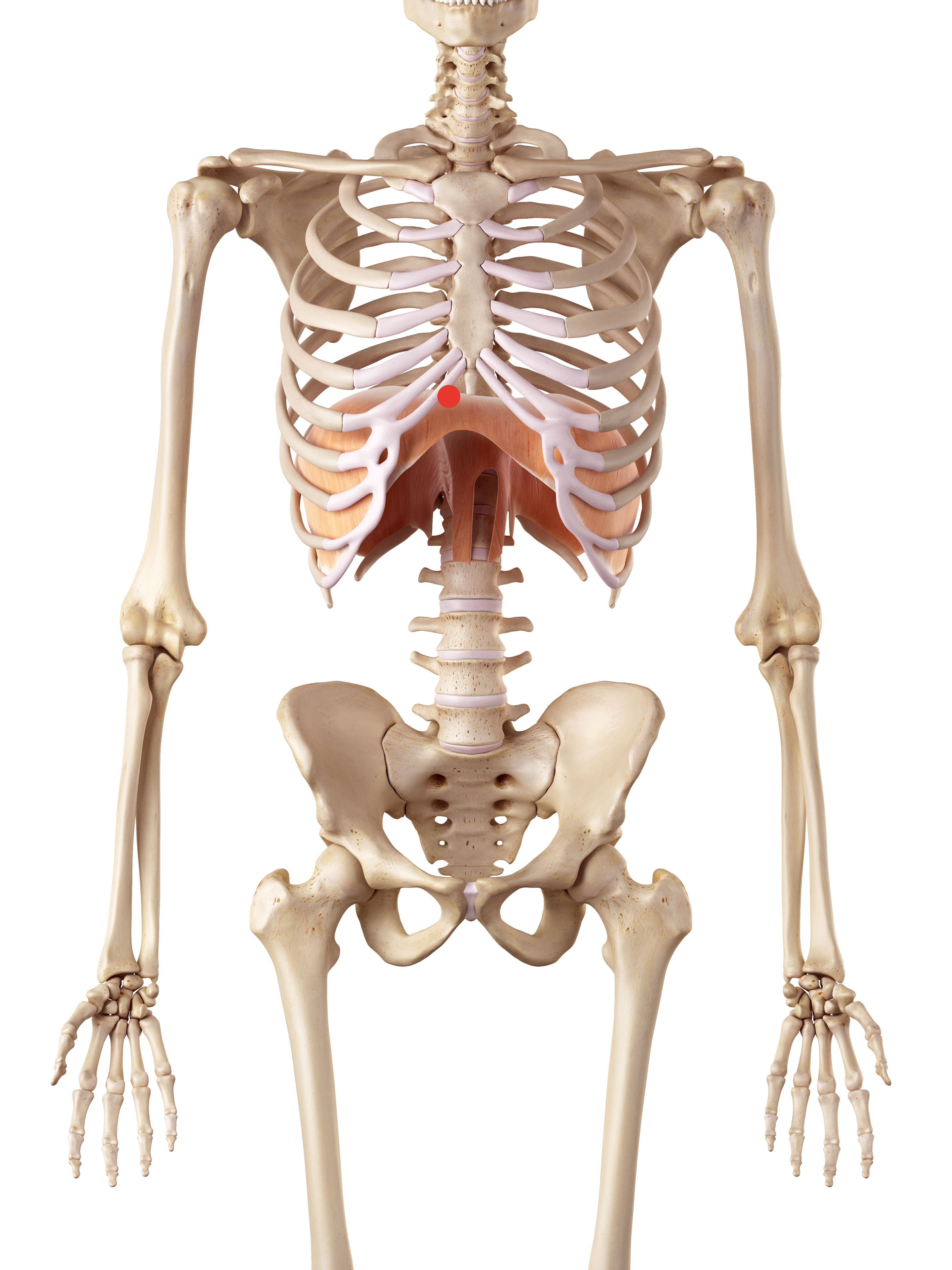- Mar 22, 2025
Dry Needling Energetic Acupuncture for Abdominal and Pelvic Floor Health.
- Michele Arnold
- Abdominal GI and Pelvic Floor Health
- 0 comments
In this article we will explore what it is, and how it can help with GERD (gastrointestinal reflux disease).

There are so many health conditions concerning the upper abdomen, lower abdomen, and pelvic area that can be addressed using energetic acupuncture and dry needling. I would like to share what some of those are, and to explain how I can help. My aim is for you to make the connection between restrictions in the muscles, and fascia for not only musculoskeletal complaints, but also for internal medicine, gynecology, urology, and gastrointestinal conditions. As you will learn, restrictions reduce space between tissues, and cells, impedes proper hydration, reduces optimal flow of nerve conduction (Qi-energy), and blood flow. It is important to know that there are other ways to restore health, and to reduce pain besides drastic measures such as drugs, and surgeries.
We can help you get your life back without drugs, surgeries, or side-effects. Share the News!
1. Upper Abdominal Pain. Gastrointestinal reflux disease (GERD). Liver or Gallbladder disease.
2. Lower Abdominal Pain and pelvic floor. Colitis, Crohn’s, Candida, Small Intestinal Bacterial Overgrowth (SIBO).
3. Reproductive health and pelvic floor. For women: Menstrual irregularities, endometriosis, polycystic ovarian disease (PCOS), menopausal symptoms, infertility, dysmenorrhea, and pre-menstrual syndrome (PMS). For men: prostatitis, enlarged prostate.
4. Urinary health and pelvic floor. Urinary or rectal incontinence, interstitial cystitis, bladder pain, pelvic pain.
I will explain more in depth about each of the above categories in separate articles.
Learn more about Abdominal Therapy here!
In this article I will discuss the upper abdomen and GERD.
First, let me talk about what is dry needling and energetic acupuncture.
What is Dry Needling?
It involves inserting thin, sterile, solid filiform acupuncture needles into trigger points, taut bands, and knots in the muscles to stimulate a healing response and release tension. In addition to treatment of myofascial trigger points, muscle motor points can be activated to restore shortened inhibited muscles, or to strengthen those that are stretched and inhibited. Myofascial acupuncture techniques repairs fascia surrounding muscles and the structural framework of connective tissues such as tendon, ligament, cartilage, and bone.
Dry Needling (DN) is sometimes also known as intramuscular stimulation, TrP acupuncture, TrP DN, myofascial TrP DN, or biomedical acupuncture. The needle is solid without “wet” injection of medication, saline, analgesics or anesthetics. For many conditions, when a solid filiform needle insertion was compared with insertion of a hollow hypodermic needle the types of drugs in the injection were later found not important.1 Additional studies revealed that if the injection needle pierces the muscular and the related fascia tissue, there is analgesic effect.
*The advantage of seeing an acupuncturist for dry needling, is not only clinical expertise, but the ability to address any underlying deficiencies or constitutional patterns of disharmony. This means performing dry needling on muscles and trigger points, as well as supporting acupoints for your body’s pattern diagnosis, which improves outcomes and patient satisfaction.
What is a Trigger Point
Myofascial trigger point (TrP) is a hyperirritable spot within a taut band of skeletal muscle that is painful on compression, stretch, overload, or contraction of the tissue which usually responds with a referred pain that is perceived distant from the spot. Myofascial trigger points consist of multiple contraction knots, which are related to the production and maintenance of the pain cycle.
Trigger points and Musculoskeletal problems arise from poor posture, repetitive use, pain, injury, surgeries, emotional tension, or habits the body or body part becomes stuck in a holding pattern. The body adapts because fascia is the organ of form.
The collagen surrounding the stuck area supports that shape. It is not muscle tension, but structural change. The needle allows space, hydration, and movement for correction of structural changes.
How Does the Needle Work?
The needle goes through superficial layers of fascia under the skin. We stimulate nerves by needling next to them, and the pressure that deforms the fascia creates a nerve stimulus.
The needle creates a mechanical pressure change, which follows the muscle and fascia’s plane referring along the channel pathway.
Using myofascial techniques in addition to motor points and trigger points can provide longer lasting results.
Acupuncturists often treat musculoskeletal (MSK) problems using orthopedic acupuncture, which can be referred to as MSK acupuncture/sports acupuncture/Motor points, or trigger points based on anatomy.
As described by Rory Sandstone, RAc in his course, Advanced Myofascial Acupuncture Techniques 7., "Most of our points lie in the fascial matrix, in the spaces between the larger structures of the body. We needle into fascia 100% of the time. Needling, and needle manipulation causes immediate mechanical changes. Mechanical changes in a hydrodynamic system create a change of local fluid dynamics. This can regulate hydration levels in the extracellular matrix which frees up space and movement which regulates local blood flow and nerve conduction. Lastly, it has been shown to regulate the physiological function in any cellular structure spatially affected by the connective tissue plane.
Physical space and form influence function
• Fascia is the ‘organ of form’.
• The outward form or shape of the body that is observed reflects a spatial reality inside the body.
• It has been demonstrated and suggested that spatial factors influence the behavior of cells and cellular structure.
• On the macro level, and as it relates to myofascial considerations, the fascial compartments ‘house’ muscles and groups of muscles. Fascial planes provide the interface and sliding surfaces between different muscular structures.
• Sustained tension patterns, sub-optimal hydration levels, and physical trauma can obstruct, restrict, and even remodel the architecture of the fascial matrix.
• This impedes normal movement patterns and reinforces the pattern of movement associated with the structural change. Restrictions of the fascial layers can interfere with the contractile ability of muscles and muscle groups.
• Therefore, restoring normalcy to the fascial planes can restore and encourage normal muscular activity.
Muscle tension vs. fascial adhesion
• Muscles can be considered neurological structures. Their tone increases or decreases in response to motor neuron activity.
• “Tight muscles” are typically a holding pattern in the nervous system informed by the proprioceptors. Needling motor points, for instance, resets the neurological signaling in the muscles via the proprioceptors to restore normal tension states and the perception of ROM or load tolerance.
• Fascia is not neural tissue. Adhesions are typically the result of poor hydration, fiber
composition, and fiber arrangement. Maladapted structure inhibits movement.
• Therefore, a “myofascial release” is going to mean a different thing for neurological muscle activity state than it does for a structural fascial restriction.
• However, in both cases, release means to introduce the potential for movement.
Fluid dynamics and pressure changes
• The body is an aqueous environment with two modes of fluid circulation.
• Cardiovascular, driven by the heart.
• Extracellular, driven by movement.
• Any movement influences fluid circulation in the body.
• Pressure Change = Fluid Exchange.
The goal of needle technique
1. Using needle techniques to induce pressure or tensional change in the fascial matrix.
2. Pressure changes create fluid exchanges.
3. Fluid exchange implies an increase in circulation and hydration levels leading to spatial regulation within the fascial plane. Allows gliding and movement between muscles and structures.
4. Adequate space promotes optimum function of cells, tissues, and muscles."
In a nutshell, we regulate the flow of Qi-electrical energy and blood flow within the organ-meridian channel systems. This leads to harmony, movement and better health.7
Safety and Expertise of Dry Needling Providers
Dry needling (DN) is a technique used by Acupuncturists, physical therapists, or chiropractors to treat myofascial pain and trigger points in the muscles. Not all states in the U.S. allow needling techniques within the scope of practice for physical therapists or chiropractors. In the state of California physical therapists and chiropractors must also have a license in acupuncture to perform dry needling, trigger point therapy, electro-acupuncture, or any other acupuncture needling therapy.
This is a good thing for the protection and safety of consumers. Acupuncturists must have at least 3,000 hours in curriculum standards, including clinical training to take the California board exam. Upon graduation, and years into their professional career, many acupuncturists choose to study and specialize in orthopedics and pain relief. In addition to traditional acupuncture many other modalities can be incorporated into treatments that may include Tui-Na orthopedic massage, myofascial acupuncture, trigger point AKA dry-needling techniques, Gua sha-skin scraping, or cupping.
Needling therapy is what we do, day in and day out, all day long. Over the course of a 25-year professional career, if we see 15-20 people per day that is a lot of experience and expert care in needling therapy! Acupuncturists are required to complete a minimum of 50 hours of continuing education every two years in the state of California.
Adverse reactions of acupuncture, and dry needling by acupuncturists are rare when compared to that of Western Medicine drugs, surgeries, and diagnostics. Statistics show that most adverse events of DN were performed by non-acupuncturists. Perhaps this is due to less training and experience in my opinion as 55% of physical therapists currently perform dry needling, with the majority having less than 3 years of experience.1.
Look at this paragraph from the article, A survey of American physical therapists’ current practice of dry needling: Practice patterns and adverse events, “Two studies (Boyce et al., 2020; Brady et al., 2014) have examined adverse events of dry needling performed by physical therapists and reported minor adverse events (defined as short-term and non-serious, with no change in function) are common and occurred 19–36% of the time after dry needling. Occurrences of major adverse events (defined as medium to long-term events that are serious, distressing and may require further treatment) have been reported to be zero over a reported 7629 treatments (Brady et al., 2014) or 20 occurrences over 20,464 treatments (Boyce et al., 2020). Only case studies report more serious adverse events occurring such as pneumothorax (Patel et al., 2019) or subdural/epidural hematoma (Berrigan et al., 2019; Halle and Halle, 2016).” 2.
Physicians, or medical acupuncturists are required to get a minimum of an additional 300 educational hours in a board -approved acupuncture training institution and have 500 cases of clinical acupuncture treatments to get certified in medical acupuncture. However, a typical DN course run only 20-30 hours, and the participants may receive “DN certificate” without any examination. For patients' safety and professional integrity, we strongly suggest that all DN practitioners and educators should have met the basic standards required for licensed acupuncturists or physicians.3.
As I mentioned before, acupuncturists have the advantage of not only regulating musculoskeletal imbalances, but we can also address any underlying constitutional patterns of disease, internal medicine, dermatology, or mental-emotional harmony.
History of Dry Needling
The name ‘dry needling’ for needling into trigger points was first coined by Dr. Janet Travell, a physician in the 1940s who specialized in treating musculoskeletal pain. She used hypodermic needles to inject trigger points in muscles, which she believed were the source of pain. This technique evolved over time and eventually became known as trigger point or dry needling. Medical doctors Travell, Gunn, Baldry and others have promoted dry needling by simply rebranding acupuncture. It is a type of acupuncture calling it by a different name.
Dry needling is simply using English biomedical terms (especially using “fascia” hypothesis) in replace of their equivalent Chinese medical terms. Trigger points belong to the category of Ashi acupuncture points in traditional Chinese acupuncture, and they are not a new discovery. It has been around for thousands of years. By applying acupuncture points, dry needling is trigger-point acupuncture, an invasive therapy (a surgical procedure) instead of manual therapy.
An APAAS White paper states that, “Travell admitted to the general public that dry needling is acupuncture, and acupuncture professionals practice dry needling as acupuncture therapy and there are several criteria in acupuncture profession to locate trigger points as acupuncture points. Among acupuncture schools, dry needling practitioners emphasize acupuncture’s local responses while other acupuncturists pay attention to the responses of both local, distal, and whole-body responses. For patients' safety, dry needling practitioners should meet standards required for licensed acupuncturists and physicians.”6
Differences between Dry Needling and Acupuncture
Both dry needling and acupuncture involve the use of the same needles. Acupuncture is a traditional Chinese medicine (TCM) practice that focuses on balancing the body’s Qi-energy flow, and blood circulation between the body’s organ-meridian systems. This is beneficial for pain relief, arthritis, internal medicine conditions, skin problems, gynecology, hormone balance, and mental-emotional harmony. The treatment may involve local and/or distal needling away from the area of concern.
Dry needling is a type of acupuncture. The focus is based on Western medicine principles and targets specific muscle trigger points to relieve pain and improve function. For example, it can be the intention of the practitioner to choose to needle an acupuncture point Gallbladder 30 to affect the piriformis, or to choose to needle the motor point, or trigger point of the piriformis. Both are located at the same spot!
The Process of Dry Needling
The practitioner will place the Needles into Trigger Points and then manipulate the Needles to Elicit a Twitch Response. This is a small involuntary contraction of the muscle, which indicates that the trigger point has been successfully released. The acupuncturist may also use techniques such as rotation or lifting and thrusting to further release tension in the muscles. Just note that not all practitioners believe you must obtain a twitch response for effective results. It can depend upon the care and comfort of the individual being treated. After obtaining the twitch response the needle is removed. This is the original way in which dry needling was performed without retaining the needle.
It has evolved over time where some practitioners will retain the needle after the twitch response for 12-15 minutes. This is the same method that many acupuncturists use. This way, two or more trigger points or motor points can be needled, and then hooked together with electrical stimulation, which is now essentially the same thing as electro-acupuncture. This tends to be gentler and suited for degenerative conditions, or more sensitive individuals. Once the treatment is complete, the needles will be removed.
Post-treatment care instructions
Care instructions after a treatment may include gentle stretching exercises, heat or ice therapy, and recommendations for follow-up appointments. It is important for the patient to follow these instructions to ensure the best possible outcome from the dry needling treatment.
Potential Risks and Side Effects
As with any medical treatment, there are potential risks and side effects associated with dry needling. These may include bruising, and temporary discomfort at the site of the needle insertion. It is important to discuss any concerns or potential risks with your practitioner before starting treatment.
Precautions for Certain Medical Conditions
While dry needling is generally safe, there are certain medical conditions that may require precautions or modifications to the treatment. These may include pregnancy, bleeding disorders, or compromised immune system. It is important to inform your acupuncturist of any medical conditions or medications you are taking before starting treatment.
Read more about Dry Needling here!
What is Electronic Acupuncture?
This can be done with needles or without! It is acupuncture with electrical stimulation of the needles, or it is using a device on the skin that puts out an electrical current for healing and therapy. In my clinic I use both methods. I have an Acutron Device that provides microcurrent acupuncture and color light (MEA). This is used for facial rejuvenation, or pain relief like frozen shoulder or sciatica.
The Dolphin Neurostim™ is a device like a pen that has micro-current output at 2.5 Hz. This is the same bio current flow as the heart muscle. The cells of the body want to tune up to the same healing frequency as the heart. Microcurrent is different from electrical stimulation that uses higher frequency in the milliampere range. Most Tens units use frequencies in the Milliampere range. These higher frequencies activate muscles causing them to twitch. Microcurrent reaches the cellular level, not just activation of muscle motor points. Therefore, it is safer, more effective, and provides longer lasting results for acute and chronic pain.
Applications of electronic acupuncture include using it on acupuncture points, or myofascial trigger points. It stimulates all three healing systems that are the nervous, muscular-fascial, and circulatory systems. It can be combined with acupuncture needling, dry needling, scar therapy, and stress management. There are protocols to regulate the autonomic nervous system, stimulate the vegus nerve, and release tension. It can provide a deep healing response.
Read more about Electronic Acupuncture Here!
Sound Healing with Tuning Forks
Tuning forks are another method of non-needle therapy using sound frequencies. The vibrations of weighted tuning forks can be felt on the bones such as the skull, clavicle, sternum, pelvis, spine, and sacrum. The vibratory sensations travel along the pathways found on the arms and legs. Sound healing is another wonderful way to activate the vagus nerve, promote autonomic nervous system function, and calm the mind.
Precautions for Electronic Acupuncture and Tuning Forks
Pacemaker. If a patient has a pacemaker it is recommended to use tuning forks distally and reflexively in other areas of the body and not directly in the heart area.
Other implanted electronic devices. Work away from the area.
Seizure disorder, epilepsy
Migraine headaches
Pregnancy
Bleeding disorders
Hearing aids. Remove hearing aids before using tuning forks, especially when working on the head and face.
Fractured bones. Work away from the area.
Read more about sound healing and tuning forks here!
GERD, Upper Abdomen Pain

GERD is frequently caused by posture imbalance (hunching forward) that causes restriction in the sub-xyphoid region.
This is caused by tightness in the diaphragm, rectus abdominis and transversus abdominis which compress the esophagus as food moves toward the stomach.
This causes part of the stomach to slide up (hiatal hernia), and in turn causes the sphincter between the esophagus and stomach to remain open causing stomach acid to flow upwards.
Importance of Diaphragm Functioning without restrictions:
Increasing ability to breathe.
Increases the ability of food to move from esophagus to stomach
Corrects movement restriction of rib cage tilted forward (anterior)
Releases constriction on esophagus
Releases Diaphragm
Transverse Abdominis. Rectus Abdominis. Diaphragm attachment.


Using the points in the diagrams, or others needed, we can release restrictions, improve blood flow, improve posture, transform holding patterns, create more space for proper movement of muscles and fascia. The goal is to reduce symptoms, pain, or dysfunction.
Importance of Communication with the Acupuncturist
Communication with your acupuncturist is crucial for a successful treatment outcome. It is important to openly discuss any concerns or discomfort you may experience during or after the treatment. Your therapist can also provide you with tips and techniques to manage any discomfort and ensure that the treatment is effective.
Follow-up Appointments and Maintenance
Dry needling or electronic acupuncture is often not a one-time treatment and may require multiple sessions for optimal results. Your acupuncturist will work with you to develop a treatment plan and schedule follow-up appointments as needed. It is also important to continue with any recommended exercises or self-care techniques to maintain the benefits of the treatment.
If you are experiencing upper abdominal pain or GERD, please reach out to us at (858) 613-0792.
Dr. Michele Arnold
Doctor of Acupuncture and Herbal Medicine and Licensed Acupuncturist (DACM, L.Ac.).
Disclaimer: These statements have not been evaluated by the Food and Drug Administration. These products or methods are not intended to diagnose, treat, cure or prevent any disease.
Symptom, Disease, and Traditional Chinese pattern information is drawn from a variety of sources.
It is your responsibility as a patient to always tell your physician or health practitioner all prescription medications, herbs, nutritional supplements, and birth control pills that you are taking.
Resources:
1. Ibrahim, D.A., Abdelrahem, H.A. Cervical region trigger point Injection with dry needling versus wet needling by lidocaine in geriatric population: a comparative study. Ain-Shams J Anesthesiol 11, 16 (2019). https://doi.org/10.1186/s42077-019-0026-x.
2. Sousa Filho LF, Barbosa Santos MM, Dos Santos GHF, da Silva Júnior WM. Corticosteroid injection or dry needling for musculoskeletal pain and disability? A systematic review and GRADE evidence synthesis. Chiropr Man Therap. 2021 Dec 2;29(1):49. doi: 10.1186/s12998-021-00408-y. PMID: 34857021; PMCID: PMC8638538.
3. Simons DG, Travell JG, Simons LS, eds. Myofascial pain and dysfunction: the trigger point manual. 2nd ed.
Baltimore: Williams &Wilkins; 1999:151-174. 2015;33(6):485-490. doi: 10.1136/acupmed-2015-010911. Epub 2015 Nov 6.
4. Gattie E, Cleland JA, Snodgrass S. A survey of American physical therapists' current practice of dry needling: Practice patterns and adverse events. Musculoskelet Sci Pract. 2020 Dec;50:102255. doi: 10.1016/j.msksp.2020.102255. Epub 2020 Sep 5. PMID: 32932050.
5. Eric Gattie, Joshua A. Cleland, Suzanne Snodgrass, A survey of American physical therapists’ current practice of dry needling: Practice patterns and adverse events,Musculoskeletal Science and Practice Volume 50, 2020, 102255, ISSN 2468-7812, https://doi.org/10.1016/j.msksp.2020.102255. (https://www.sciencedirect.com/science/article/pii/S2468781220305609).
6. The original white paper was published in Chinese Journal of Integrative Medicine: 1. Fan AY, Xu J, Li YM. Evidence and expert opinions: Dry needling versus acupuncture (I) : -The American Alliance for Professional Acupuncture Safety (AAPAS) White Paper 2016. Chin J Integr Med. 2017 Jan;23(1):3-9. doi: 10.1007/s11655-016-2630-y. 2. 3. Fan AY, Xu J, Li YM. Evidence and expert opinions: Dry needling versus acupuncture (II) : -The American Alliance for Professional Acupuncture Safety (AAPAS) White Paper 2016. Chin J Integr Med. 2017 Feb;23(2):83-90. doi: 10.1007/s11655-017-2800-6 Fan AY, Xu J, Li YM. Evidence and expert opinions: Dry needling versus acupuncture (III) : -The American Alliance for Professional Acupuncture Safety (AAPAS) White Paper 2016. Chin J Integr Med 2017 Mar; (3):163-165. doi: 10.1007/s11655-017 2542-x.
7. Sandstone, Rory, RAc. Pacific Rim College Online. Advanced Myofascial Acupuncture Techniques. Understanding & Applying Fascial Theory to the Treatment of Common Orthopaedic Conditions. Student Guidebook | Version 1.0